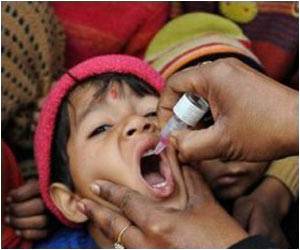
The pandemic 2009-2010 influenza A (pH1N1) was first identified in the U.S. in April 2009 and infected patients across the country in two waves. There were an estimated 61 million cases of pH1N1; 274,000 hospitalizations; and 12,470 deaths associated with the pandemic -- a significant increase in hospitalizations, and a decrease in mortality as compared to seasonal influenza averages.
Children experienced a greater burden of disease than adults during the pandemic, with a higher mortality rate. However, despite fewer cases in adults, more adult patients were afflicted with serious illness. Children also had a higher rate of co-infection, which may be due to an absence of protective antibodies or other forms of immunity that older individuals have gained over time.
A previous study at Rhode Island Hospital compared patients with pH1N1 to those infected with other respiratory viruses. While patients with co-infections were excluded from the initial study, the current analysis focused on this patient population, and hypothesized that those with both pH1N1 and a respiratory virus would have worse outcomes than those with just one infection.
However, Mermel and his colleagues found that despite the risk for complications including treatment for a bacterial pneumonia, co-infection was, in fact, not associated with worse outcomes.
"Although by our measures there was no demonstration of worse outcomes, co-infected patients demonstrated a significant greater rate of patterns of viral pneumonia by chest radiographs," said principal investigator Ignacio A. Echenique, M.D., a former Rhode Island Hospital researcher who is now affiliated with Northwestern University. "These forms of pneumonia would not be expected to respond to antibiotics. Ultimately, the significance of the association of a co-infection with viral pneumonias is unclear. While hospitalized patients with respiratory virus co-infection did not experience poorer outcomes, our findings do not address whether co-infection is a risk factor for hospitalization itself."
Advertisement
Source-Eurekalert









